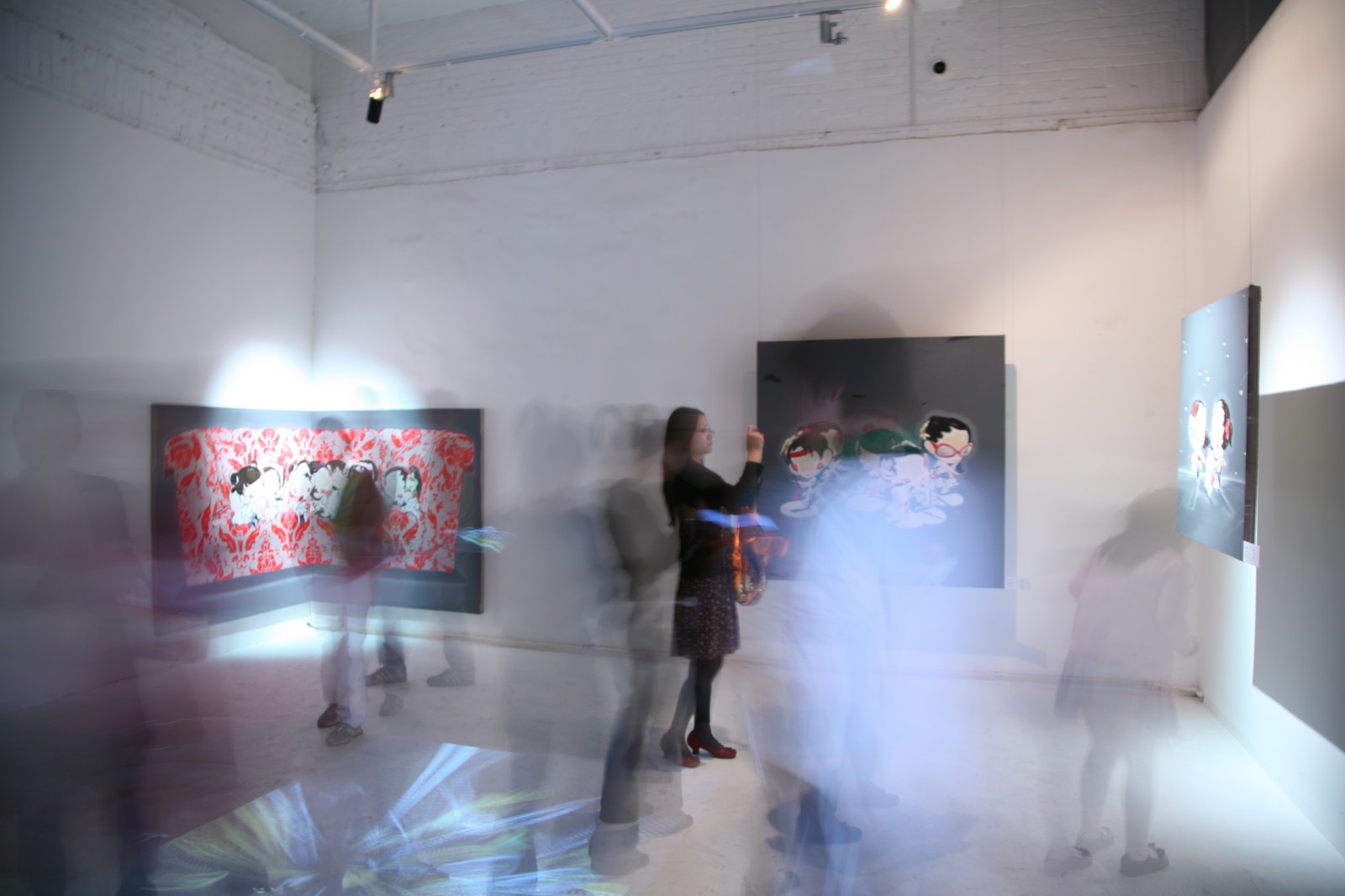
It is the end for Taikang Space! Yes, the first non-profit art institution founded by a domestic financial institution has completed this part of her journey. It has been exactly 20 years since Taikang Life sponsored a contemporary art exhibition in 2001 and founded Taikang Space. With such strong support, Taikang Space has been growing smoothly and freely along with the continuous transformation of a burgeoning contemporary art ecology that developed from the ground up since the new millennium and eventually became a unique art institutional of the local art world. A case with its attitude, goals, methods, institutional philosophy, concerns, long-term perseverance, and more importantly, is the support from company leadership, stable funding, and team efforts. "Taikang Space: Institutional Practice and Production 2003-2021" is a retrospective of the academic research projects presented at Taikang Space before its end.
During the preliminary research process of the exhibition, Tang Xin, head of Taikang Insurance Group's Collection Department and Director of Taikang Space was interviewed to talk on the structure of Taikang Space's academic work over the past 18 years. As Taikang Space comes to an end, the organizer of the exhibition intends to summarize and review the history of Taikang Space, share the experiences they have amassed, and discuss and extract the issues and problems they faced, so they can continue to advocate for the growth and development of local non-profit art organizations.
From 2003 to 2005, Taikang Space produced art exhibitions with curatorial freedom.
In 2006, Taikang Space started to explore issues related to the "exhibition" and entered the curatorial stage with academic research.1
In 2007, Taikang Space started to think about "What is a space?" and proposed an "inspiration and encouragement" philosophy.
In 2009, its philosophy upgraded to "retrospection and encouragement," and raising the notion of "systematic collection" and dividing the Taikang collection timeline into "1942-1976” and “1976 to the present."
In 2010, Taikang Space established the research idea of looking at contemporary art "since 1942."
In 2018, Taikang Space explicitly focused on the development of Chinese art since the 20th century and study the three “days” (yesterday, today, and tomorrow) of the art of China.
Taikang Space's academic work was carried out within the structure formed by the aforementioned stages, philosophies, systems, and intergenerational approaches. One often discovers that the artworks and materials that Taikang Space focuses on are complex and diverse themes or issues, such as painting, photography, new media, revolution, contemporary, realism, modernism, gender, architecture, music, dance, institutional criticism, documentary archives, etc. Which begs the question, what exactly is Taikang Space interested in? But when these themes and questions unfold parallel to a structure with historical depth and realistic breadth, Taikang Space provides the art world an answer different from individual tastes and interests. In other words, its institutional practice is carried forth with an awareness of issues. What issues ds Taikang Space focus on? By combing through the historical materials of Taikang Space's exhibitions, collections, research projects, seminars, lectures, performances, and publications from 2001 to the present, this exhibition will present such an awareness of issues and research methods of Taikang Space's academic work, and reveal the three directions to which it has been relentlessly working over the years: Media Issues, Issues on the Establishment and Issues on Art Ecology.
* Media Issues - Returning to the Ontology of Art
Whether traditional Chinese painting, oil painting, engraving, sculpture or new media such as photography, video, performance, installation, etc., art today is presented in diverse styles, all of which fall under “Media Issues” at Taikang Space. In other words, we have adopted the logic and perspective of "General media" to re-investigate specific art media and to look at art through the relationship between media and people. In 2012, Taikang Space explicitly proposed photography as a "media case study," and "media issues" became the central academic subject at the institution. Whether it is a single medium, or composite one, established or experimental, every art medium has its characteristics and properties. Pay attention to the media problem, that is, pay attention to the artistic noumenon. By studying the media, they attempt to return to the ontology of art. Probing painterliness, looking at the features of photography as a linguistic expression, and searching for the possibilities of artistic creation brought about by technological development all fall into the question of medium.
The exhibition " Millennium Portrait of China," held in 2001 at Taikang Top Space in Fuxingmen, presented a conscious observation of how artists were born in the early 1960s portrayed the characteristics of Chinese people at the turn of the century through oil paintings.
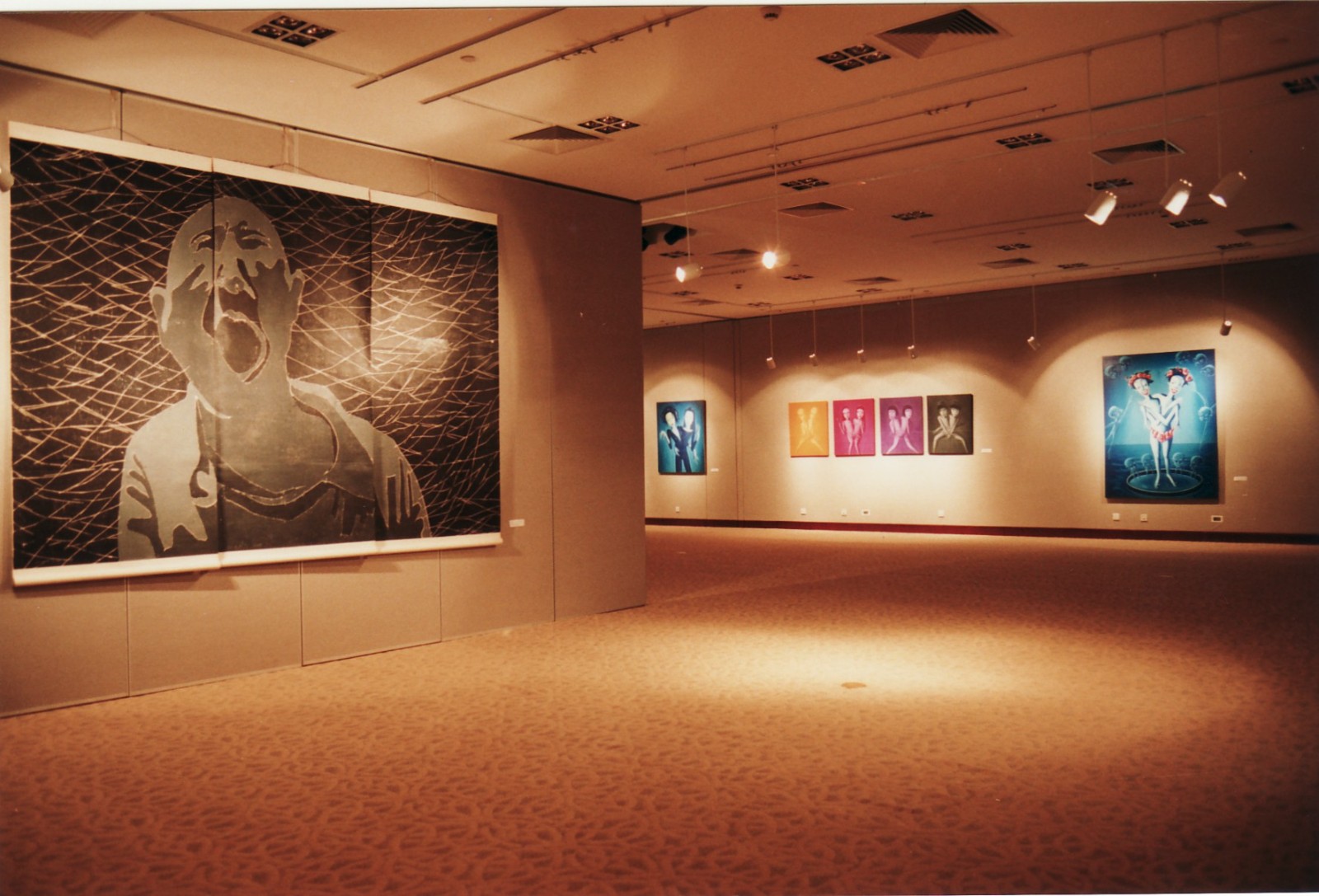
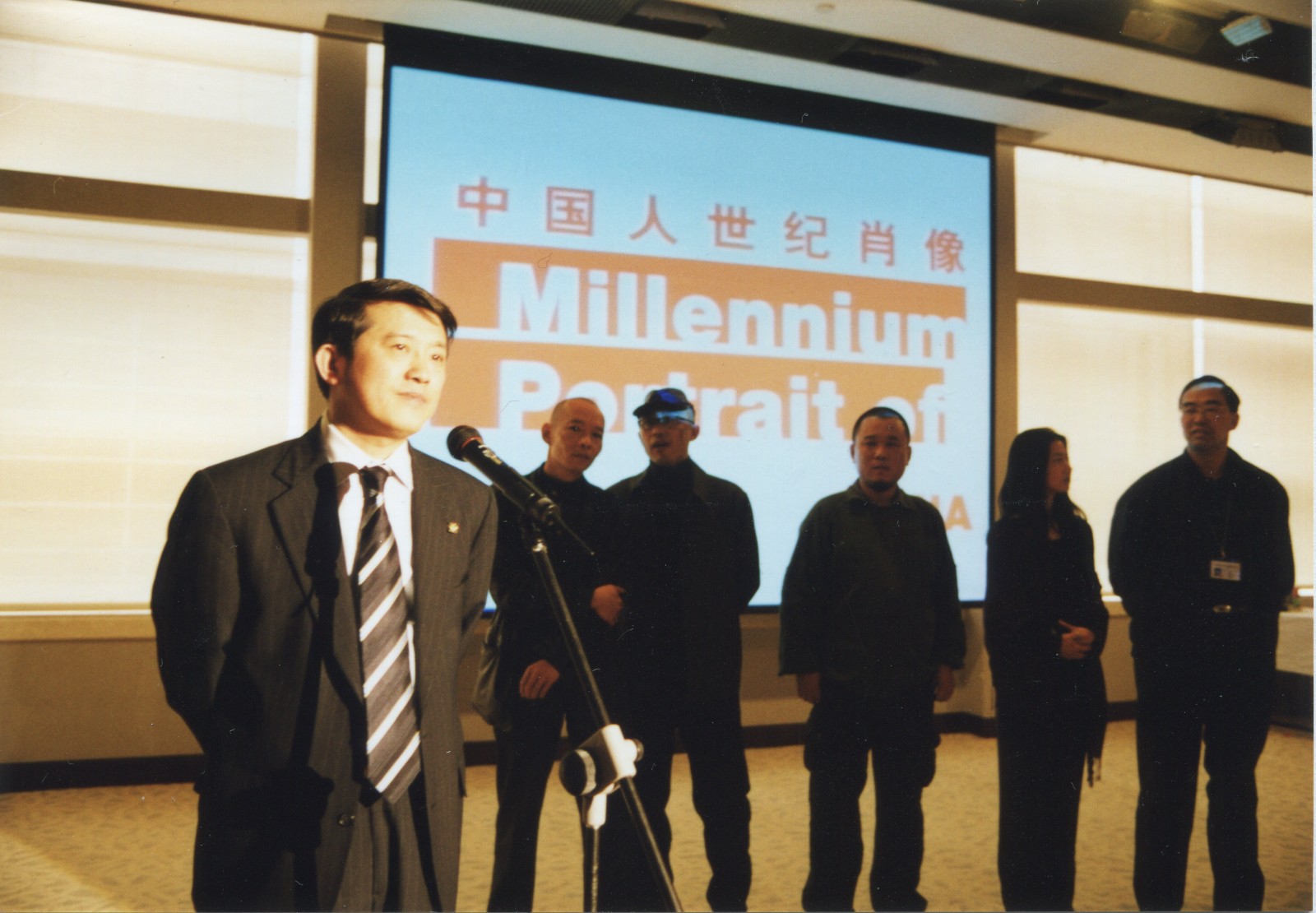
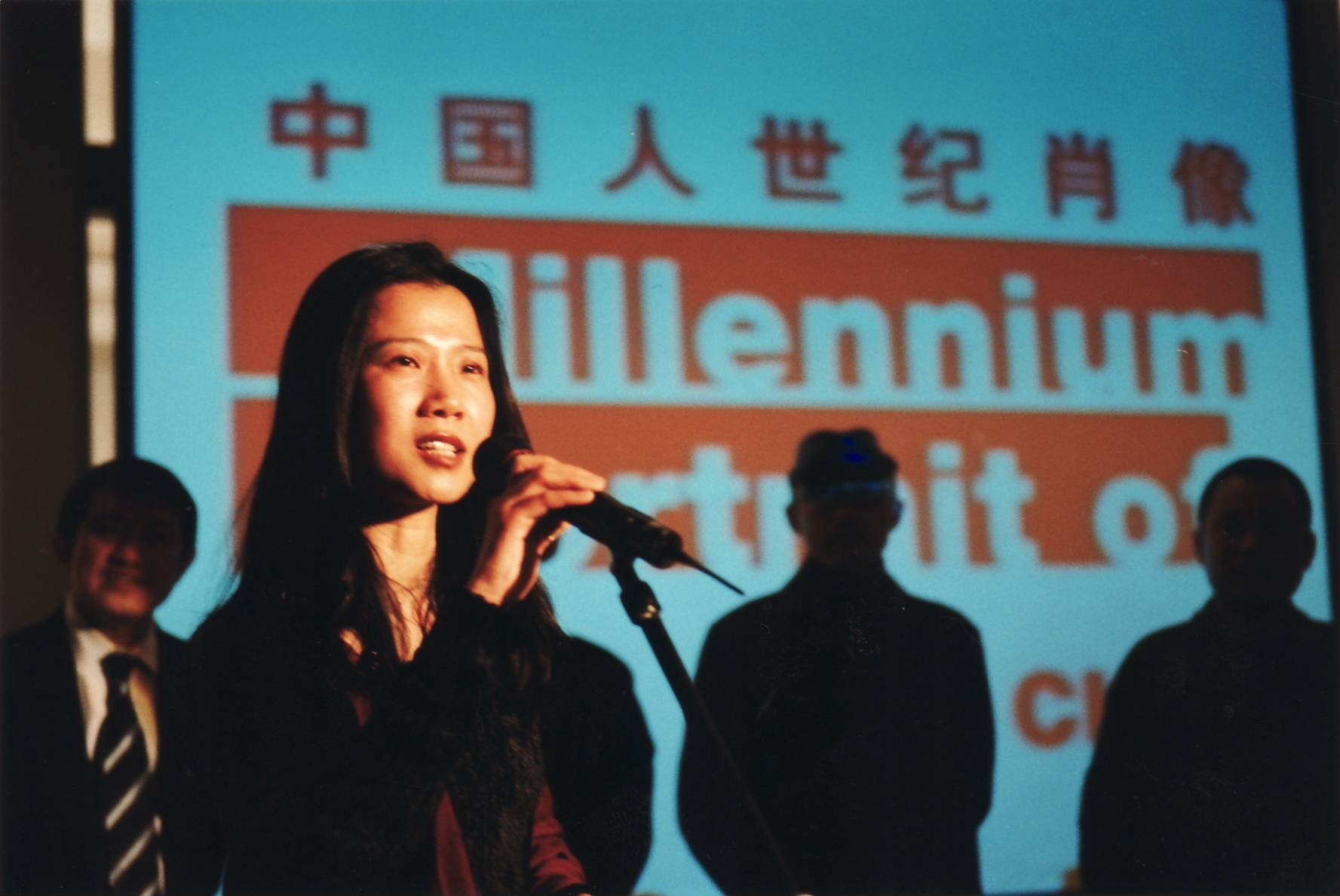
“Millennium Portrait of China” Opening Site, Taikang Space, 2001.4.7-4.9
The first exhibition after Taikang Space was found in 2003, "Control Z," on the contrary, showed new media works of video, animation, net art, etc., to explore how recent technological experiences are reshaping the relationship between people and with the world. The 2004 exhibition "Painting Show" was a distinctive declaration of the attitude towards the easel painting when painting in the traditional sense was criticized as conservative vis-à-vis the representational and pioneering conceptual art. Hence, it explored the boundaries and possibilities of painting.
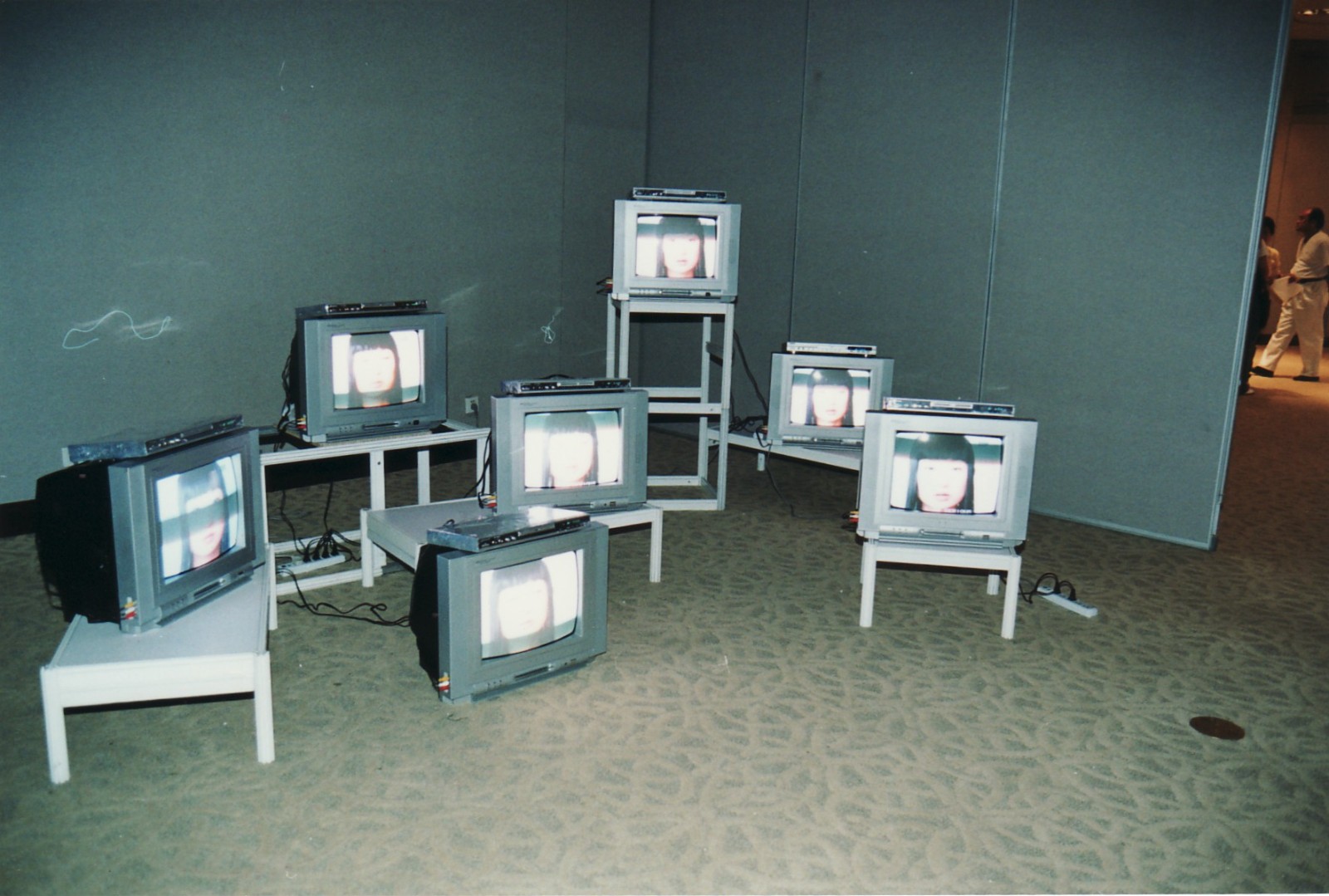
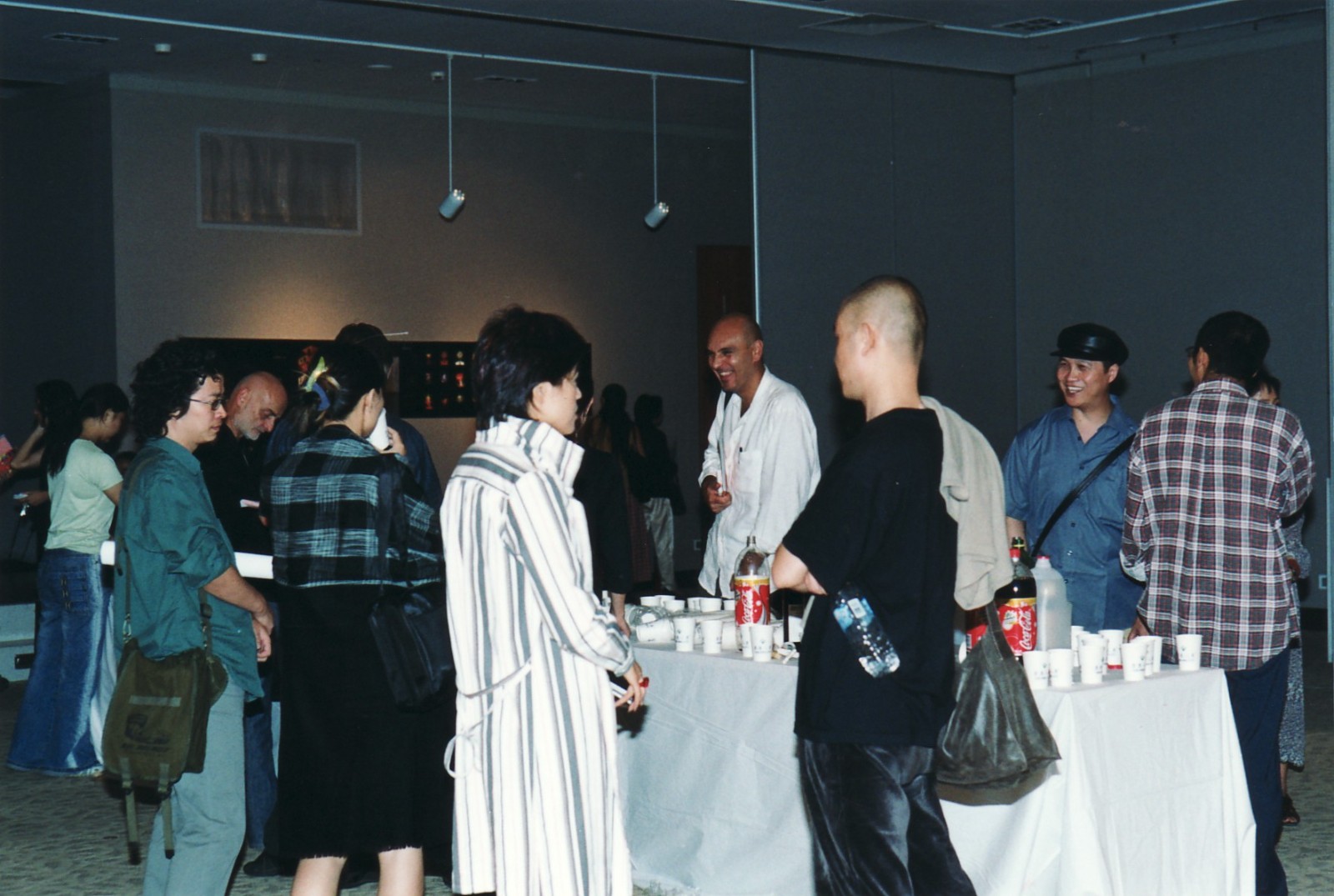
“Control Z” Exhibition Site, Taikang Space, 2003.9.16-9.30
“Painting Show” Exhibition Site, Taikang Space, 2004.9.18-9.24
In 2006, Taikang Top Space moved to the 798 Art District and immediately launched the "New Photography and New Painting" project under the philosophy to "Inspire and Encouragement" art practices, promoting and facilitating the development of contemporary art in the local community. They held 12 projects over three years. It was a period when the commercial art market was sprinting; this long-term project series supported emerging artists’ experiments. Moreover, they observed and studied artists who worked in photography and painting in the contemporary art scene with this project.
New Photography and New Painting Exhibitions Project/ “Secret and Beautiful Actions” Exhibition Site, Taikang Space, 2007.4
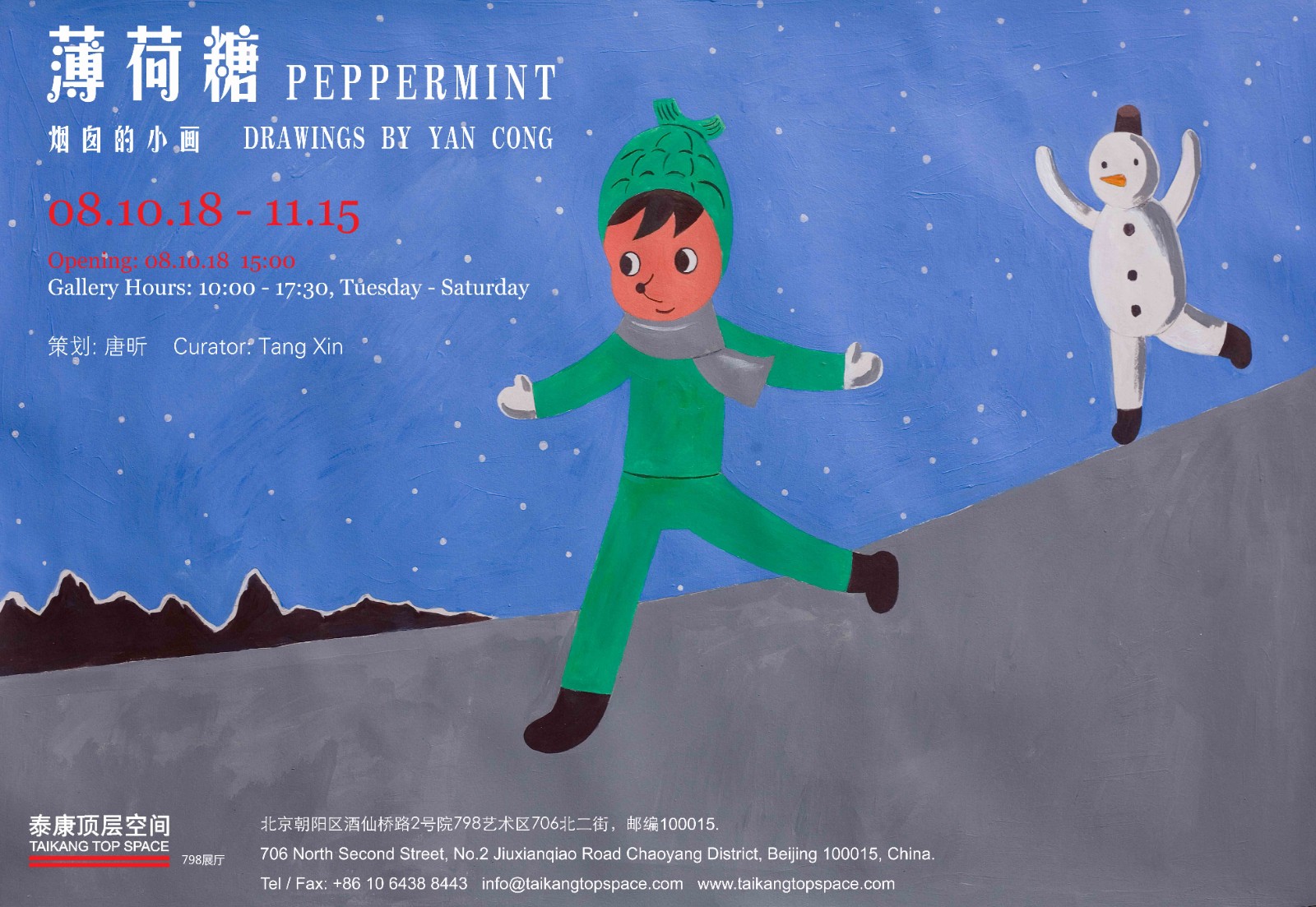
New Photography and New Painting Exhibitions Project/ “Peppermint: Drawings by Yan Cong” Poster, Taikang Space, 2008.10.18-11.15
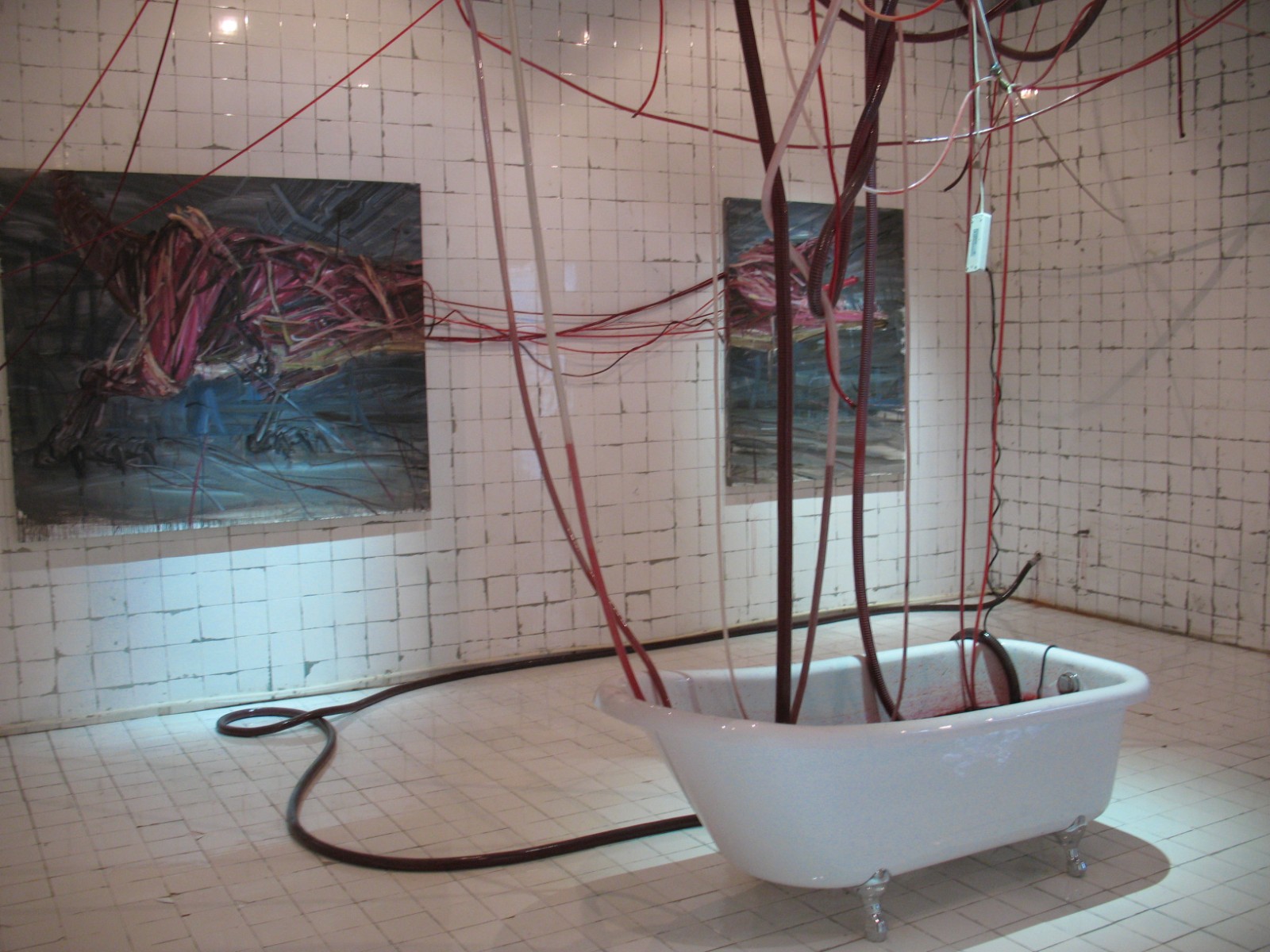
New Photography and New Painting Exhibitions Project/ “Illusion· Escape”Exhibition Site, Taikang Space, 2007.10.13-11.10
As contemporary art media diversifies today, studying the properties and characteristics of one medium alone can no longer satisfy people's expectations for artistic expression and their desire to seek new knowledge. As one of the representatives of advanced technology in the 20th century, what was the development trajectory of photography after it arrived in China? What kind of characteristics are revealed in relating photography to Chinese social history? What unique experiences and contributions make Chinese photographic practice offer compared to other countries? Taking these questions as a starting point, Taikang Space's research on photography goes beyond the medium itself. It thus becomes a search for research methodology, asking many specific questions and approaching them through multiple paths, such as photography as a form of art and documentation, the relationship between photography and other artistic media, photography as one of the conceptual sources of contemporary art, the unique trajectory of photography's development in China and its practice and experience, photography as advanced technology and its intimate relationship to Chinese social history etc. In this way, Taikang Space's research on media extends from the new media of the 20th century to the application of games, VR, and other technologies in the art field of the 21st century. For each path, they selected representative artists, groups, and works for in-depth observations through exhibitions or publications, lectures, and exchanges and discussions with scholars from other professional backgrounds beyond the traditional photography research circle. This approach, as an experimental model, is still under development.

“Poppy: Zhang Hai'er Photography” Exhibition Site, Taikang Space, 2014.9.11-10.25
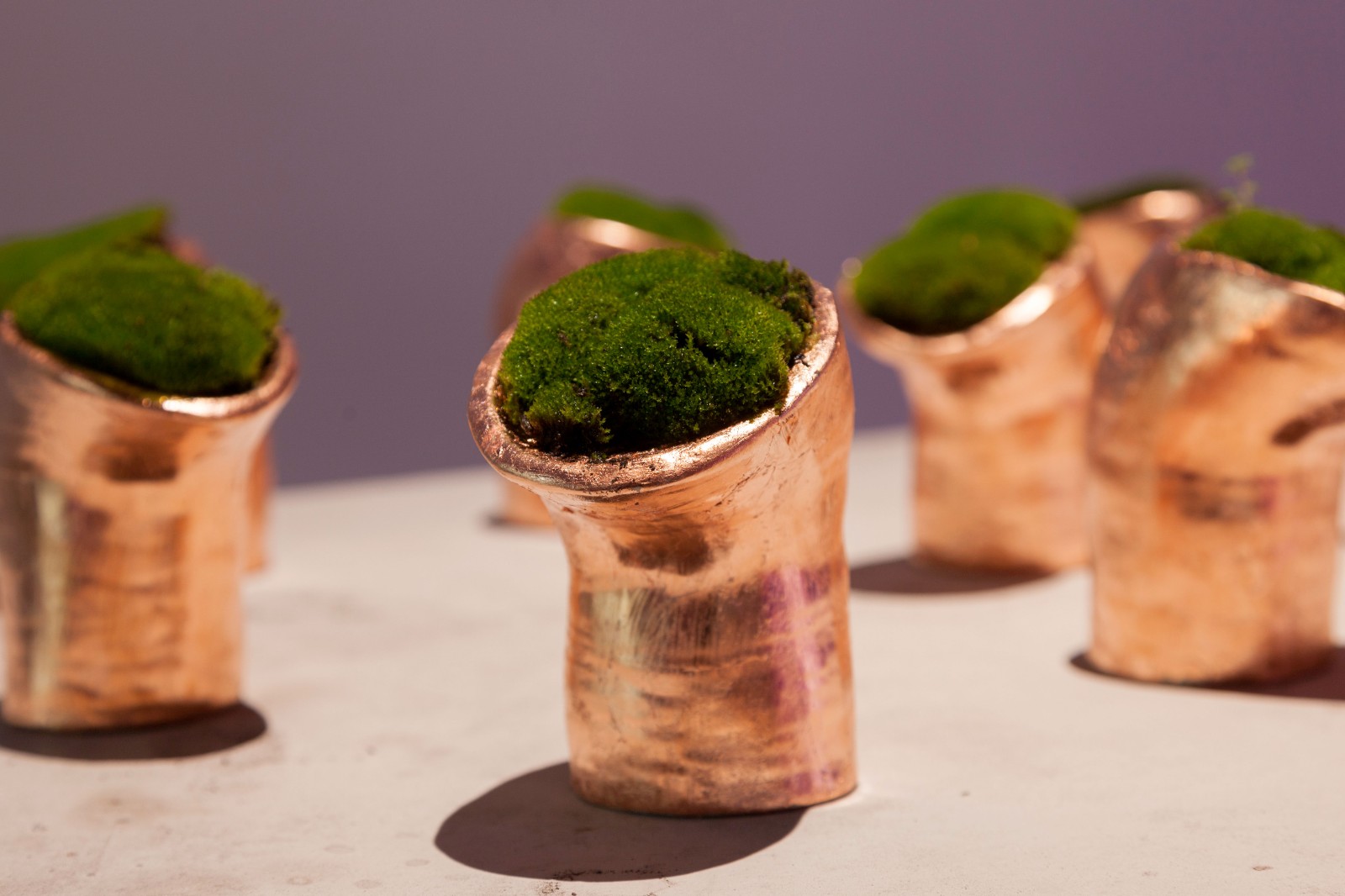
“Tracing the Mushroom at the End of the World” Exhibition Site, Taikang Space, 2019.3.16-5.19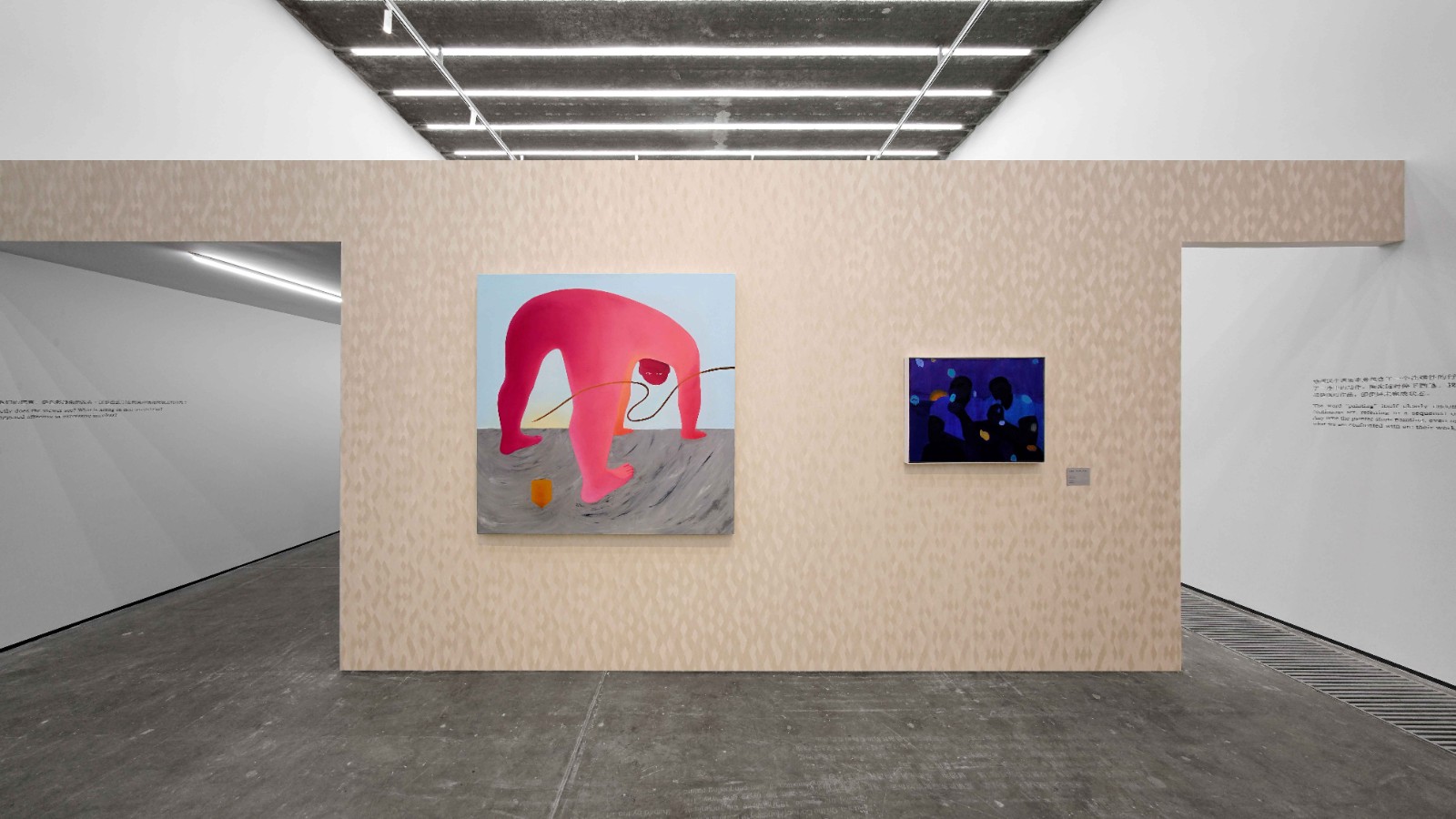
“Let Painting Talk” Exhibition Site, Taikang Space, 2021.3.25-5.22
*Issues on the Establishment –The Visible and Invisible Norms of Art Transmutation and Development
Never before in Chinese history has art been so closely related to society at the level of thought and reality as it has been since the 20th century. Western learning in Europe and America baptized the modern Chinese intellectual community, including artists. Whether they were studying abroad or being taught by local art schools, artists at the forefront of the times could not ignore the needs of the state and the influence of the international art world while pursuing their artistic identity and subjectivity. The dynamic correlation between artists' work and local traditions, ideologies, historical events, the art market, and technological developments has become the abstract norm in the development of Chinese art since the 20th century, a reflection of the art world's stage-by-stage value tendencies.

Wu Zuoren, Extra Edition on the Liberation of Nanjing, Oil on canvas, 96×116cm, 1949 ©TAIKANG COLLECTION, “A Selection of Taikang Art Collection”, 2009.10.17-10.24
Meng Luding, Zhang Qun, In a New Era - The Revelation of Adam and Eve, Oil on canvas, 196×164cm, 1985 ©TAIKANG COLLECTION, “A Selection of Taikang Art Collection”, 2009.10.17-10.24
Chen Yifei, Eulogy of the Yellow River, Oil on canvas, 143.5×297cm, 1972 ©泰康收藏TAIKANG COLLECTION, “A Selection of Taikang Art Collection”, 2009.10.17-10.24
At a macro level, Taikang Space investigates the broader history and the relationship between art and society through its art collection and special exhibitions to conceive and trace the complex transformations of art practices amid various norms over this century. “A Selection of Taikang Art Collection” in 2009 was the first presentation of the Taikang Collection that outlined the Taikang Collection system through five works, namely, focusing on the art history of the two periods, "1942-1976" and "1942-1976". In 2011, "Image · History · Existence" enriched such an outline into scenes, with an additional section on emerging artists who were born in the 1980s, to reflect the changes in society, politics, and art, and artists’ evolve concerning art over 70 years.“Fusion: Chinese Modern and Contemporary Art since the 1930s," presented in 2015, explores the relationship between the three threads of East and West, state and artist, and the medium as an artistic experiment by selecting oil paintings and photographs from each decade since 1930. In these frameworks, we can get a sense of the limitation of the times and the artist's pursuit of artistic ontology and self-subjectivity through the works on view. In 2015, the "Issues on the Establishment" became another core academic subject among Taikang Space's research. 2019's "China Landscape" juxtaposes three historical periods, from 1942 to the pre-reform and opening-up period, from the reform and opening-up period to the present, and from the present to the future. The exhibition drew from these three generations of artists, whose works are the most sensitive to the times, forming a visual space that embodies contradiction and co-existence, suggesting the complex relationship and internal logic between the art of the pre-reform and opening-up period and contemporary art in China.
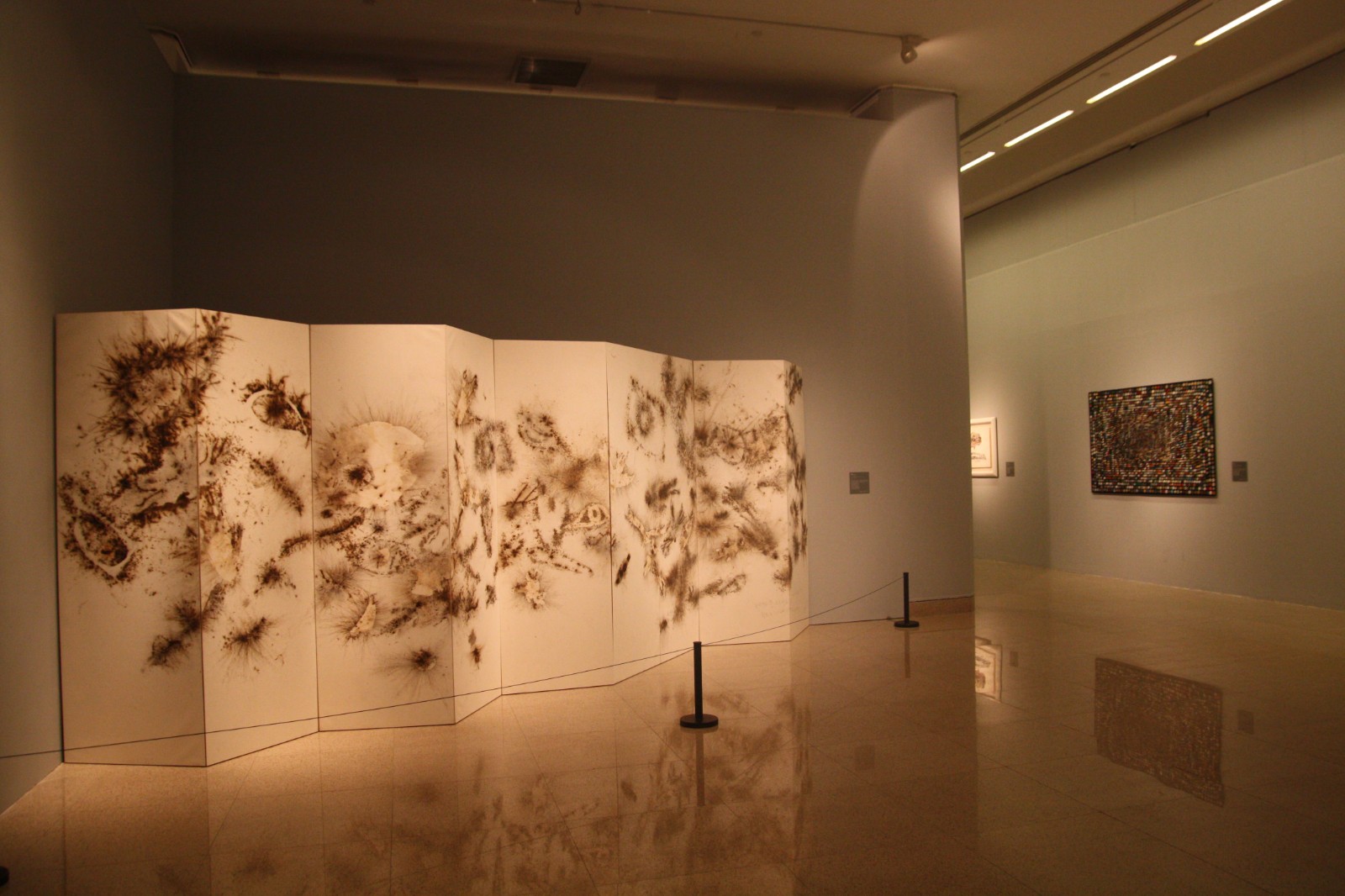
"Image · History · Existence —— Taikang Life 15th Anniversary Art Collection Exhibition" Exhibition Site, Taikang Space, 2001.8.21-9.7
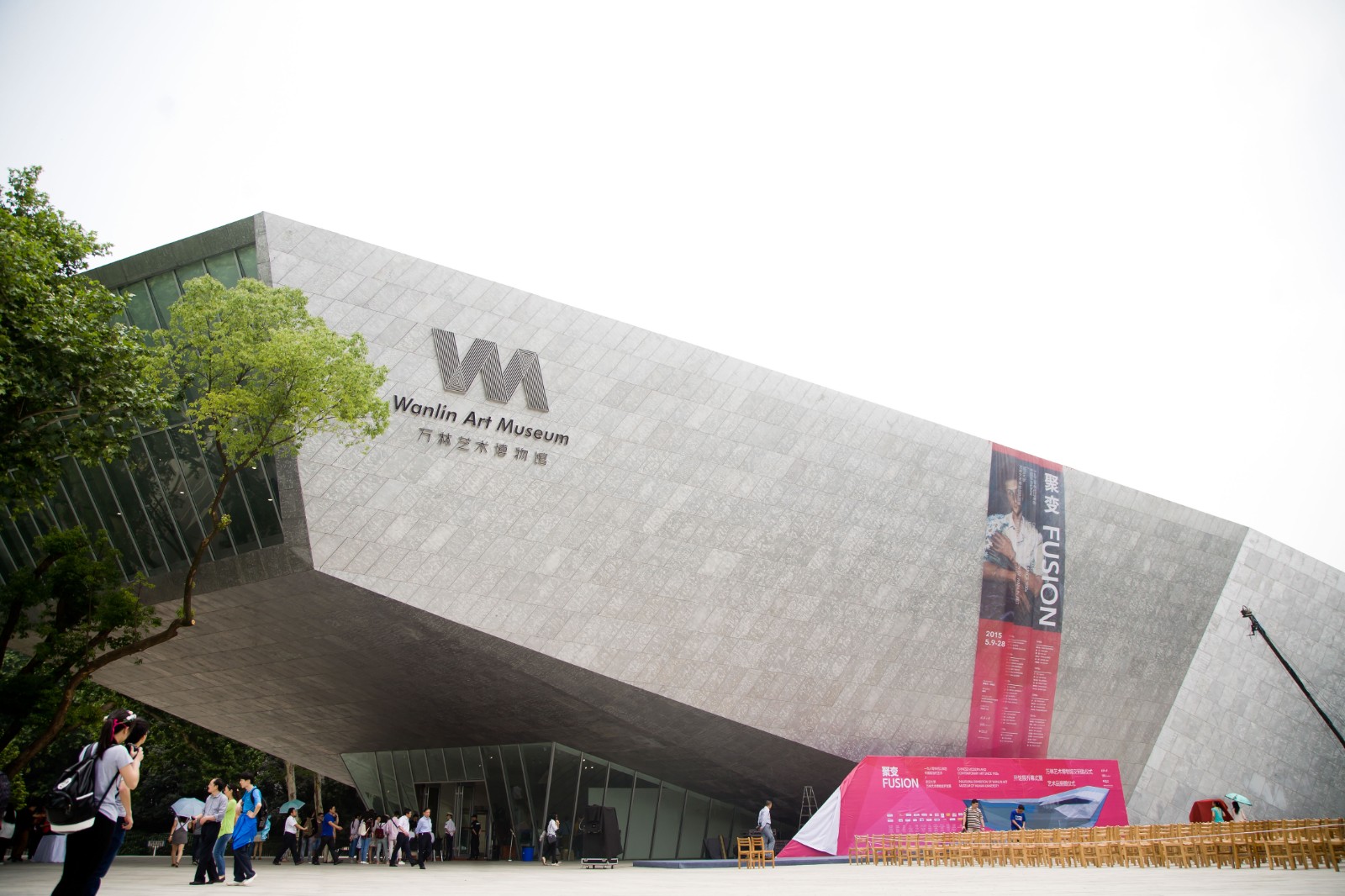
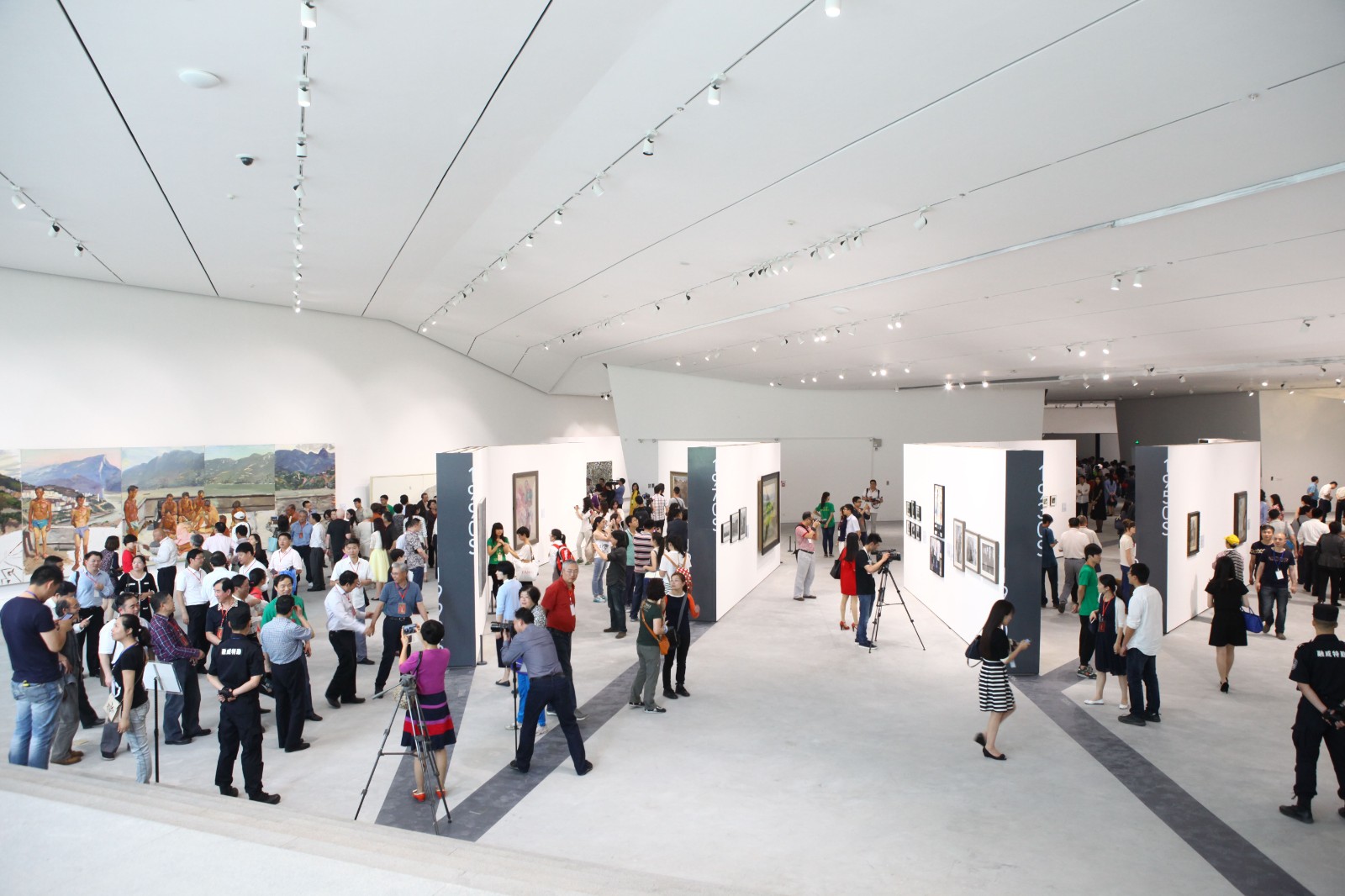
“Fusion: Modern and Contemporary Art in China since 1930s” Opening Site, Taikang Space, 2015.5.9-5.28
In the microcosm of ongoing projects, the four retrospectives of Wu Yinxian's photography examine the relationship between individual artists, the development and direction of Chinese photography, and the relationship between individual practices of photographic aesthetics and the formation of domestic photographic photography system. The exhibition "Portrait Hot: Taikang Photography Collection" looked at the various encounters of photography in its application, demand, restrained, and promoting processes in the context of the Chinese social ecology of China over the last century. "1949: The Artistic Choices," which compares typical artworks and images created in 1949, a unique and decisive moment, and links the political and artistic events of that year, presenting reflexive views of the intersection of art and political perspectives. Through these "exhibitions" a standard production method of the art world – we observe the evolving establishment of contemporary art and from the collaborative creation of contemporary art and the works of the new China water conservancy project to examine the formation and influence of collectivist values. In the subjects mentioned above on individual artist/people, specific topics, historical undercurrents, literary and artistic policies, values with the imprint of the times, and the internal working mechanism of contemporary art, the project practice is carried out. In the project mentioned above, practice on individual artists/figures, specific subject matter, historical undercurrents, literary policies, values of the times, and internal working mechanisms of contemporary art, they had their hands on the pulse of history, studied the present, and researched the evolving establishment.
*Issues on Art Ecology – The Unstructured Roles and Elements
The ecology of Chinese contemporary art has developed from scratch along with the reform and opening-up policies. The works of contemporary artists, critics, and independent curators, the emergence and transformation of commercial galleries, auction houses, non-profit institutions, and alternative spaces, the rise of the private art museum boom, and the emergence of all these individual or institutional roles and identities have all occurred over the past 40 years or so, with the first generation of contemporary artists and curators still actively engaged on the front lines of their work. Furthermore, "female," "emerging artists," the various subjects in different local regions, new generation curators, and other people or issues still under development, that have yet been fully included in the establishment of contemporary art, Taikang Space has attributed them as part of the "issues on art ecology" and will continue to research and address them.
Since its inception, Taikang Space has been one of China's contemporary art ecology builders, providing a platform for contemporary artists to experiment and communicate. Over the years, Taikang Space adhered to its non-profit operating model and played an essential role in consolidating the ecology of Chinese contemporary art in a reality of prominent commercialization and lack of policies that support the survival of non-profit institutions. Since the financial crisis in 2008, it provided confidence to the Chinese art market through continuous corporate collection building and four large-scale public exhibitions of its collections. In 2013, to celebrate its tenth anniversary of founding, "From Fuxingmen to Caochangdi: Taikang Space 2003-" considered the institution as a case study to question the current situation and future development of local non-profit institutions, and took this opportunity to make "art ecology" a new research subject for Taikang Space.
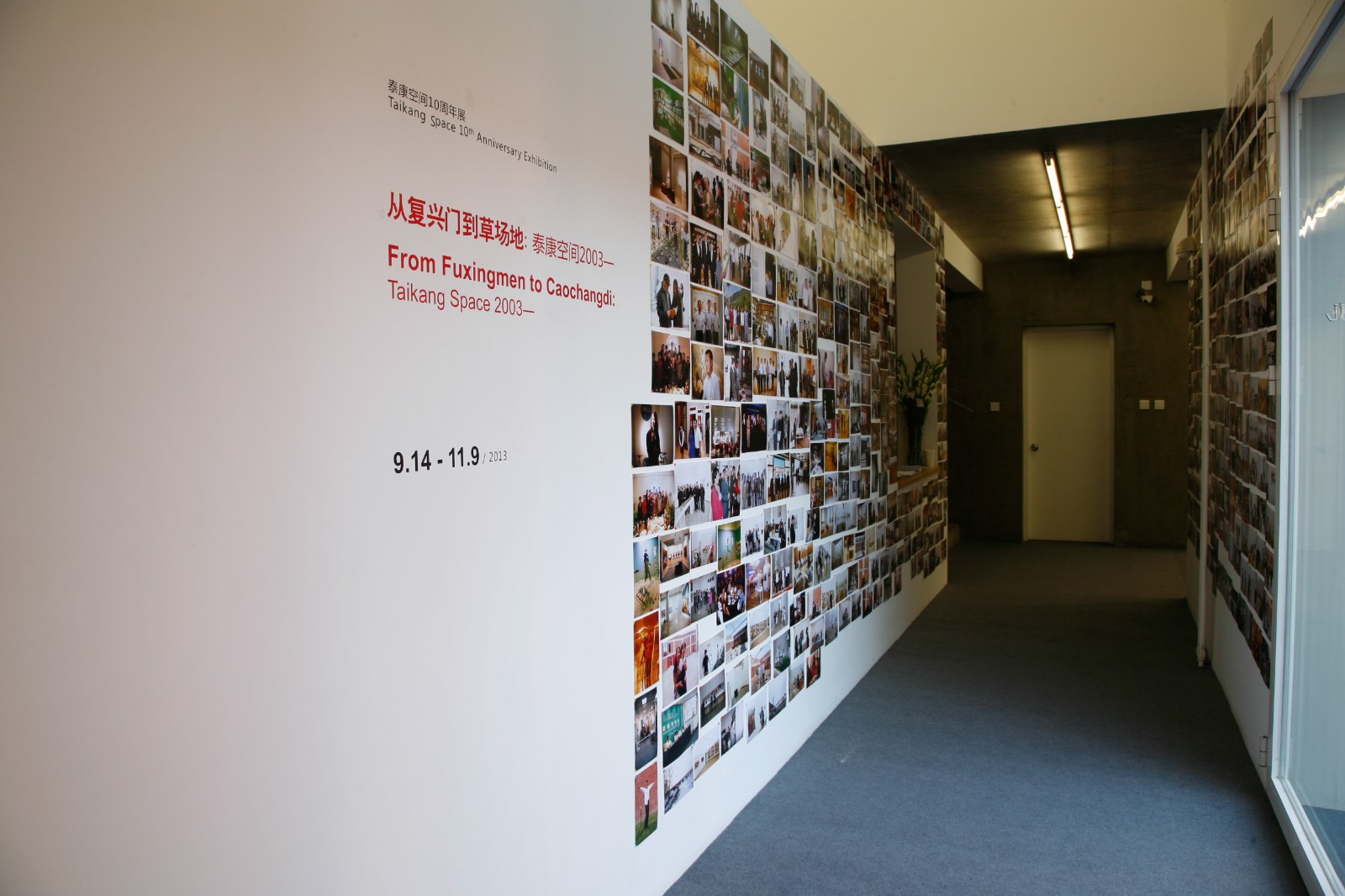
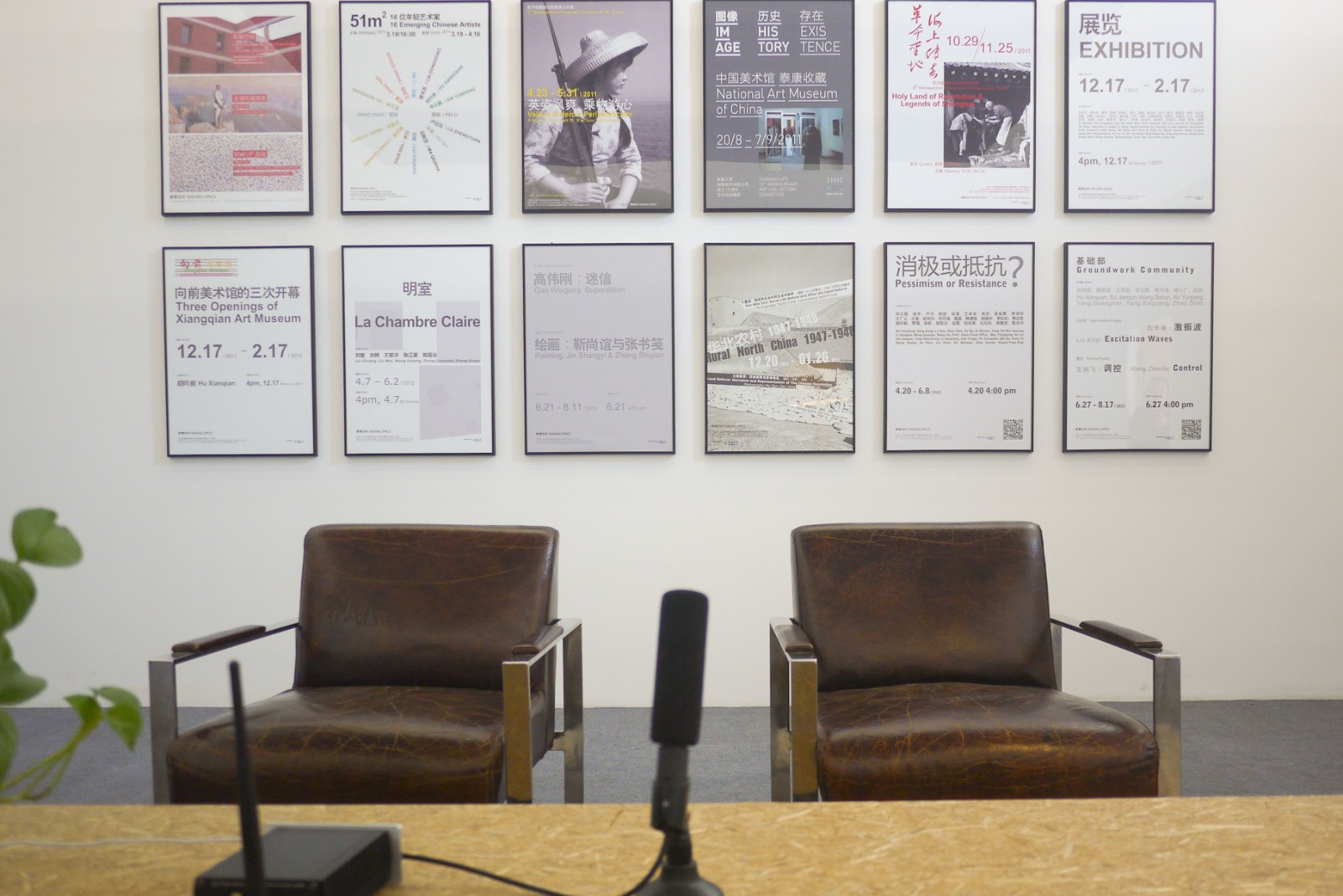
“From Fuxingmen to Caochangdi: Taikang Space 2003-” Exhibition Site, Taking Space, 2013.9.14-11.9
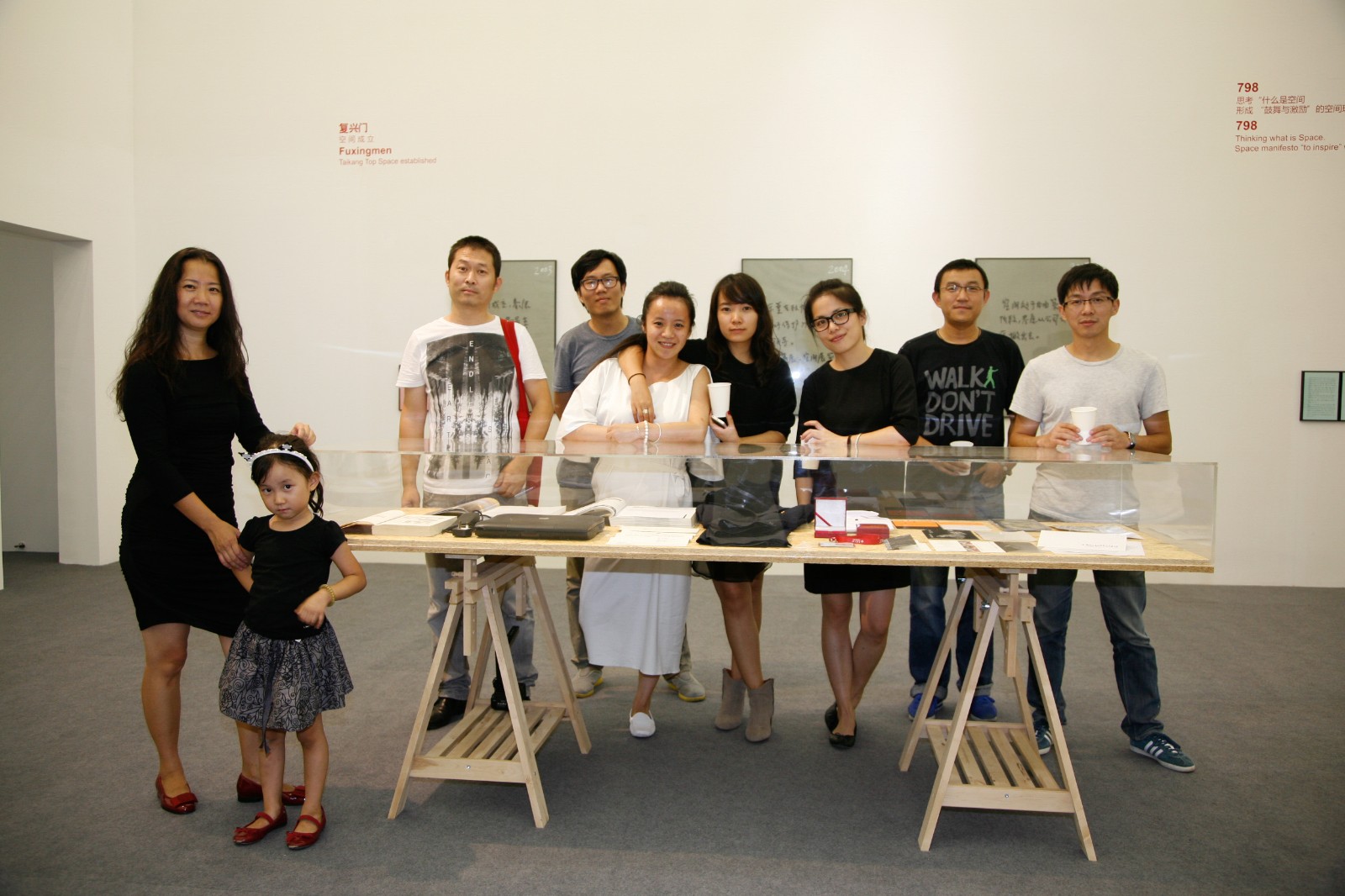
10th Anniversary Photo, “From Fuxingmen to Caochangdi: Taikang Space 2003-” Exhibition Site, Taking Space, 2013
The young generation will always be the drive for creativity. Since its inception, Taikang Space has maintained its "presence" by supporting the contemporary art scene and emerging artists' experiments. Vertically speaking, we have followed the growth, education, work, and development of young artists and curators of different generations over an extended period through several series of projects. We developed projects such as "51 Square Meters", "Light Pavilion," "Terrace," and "Taikang New Generation Curators." Horizontally, they adopted "locality" as an entry point for Chinese contemporary art research, focusing on research projects by artists in Beijing, Guangdong, Hubei, Shenyang, Yangjiang, etc., to accommodate the perspective of regional cultural characteristics.

51m²: 16 Emerging Chinese Artists Project/ 3# Zhao Yao, Taikang Space, 2009.12.12-12.26
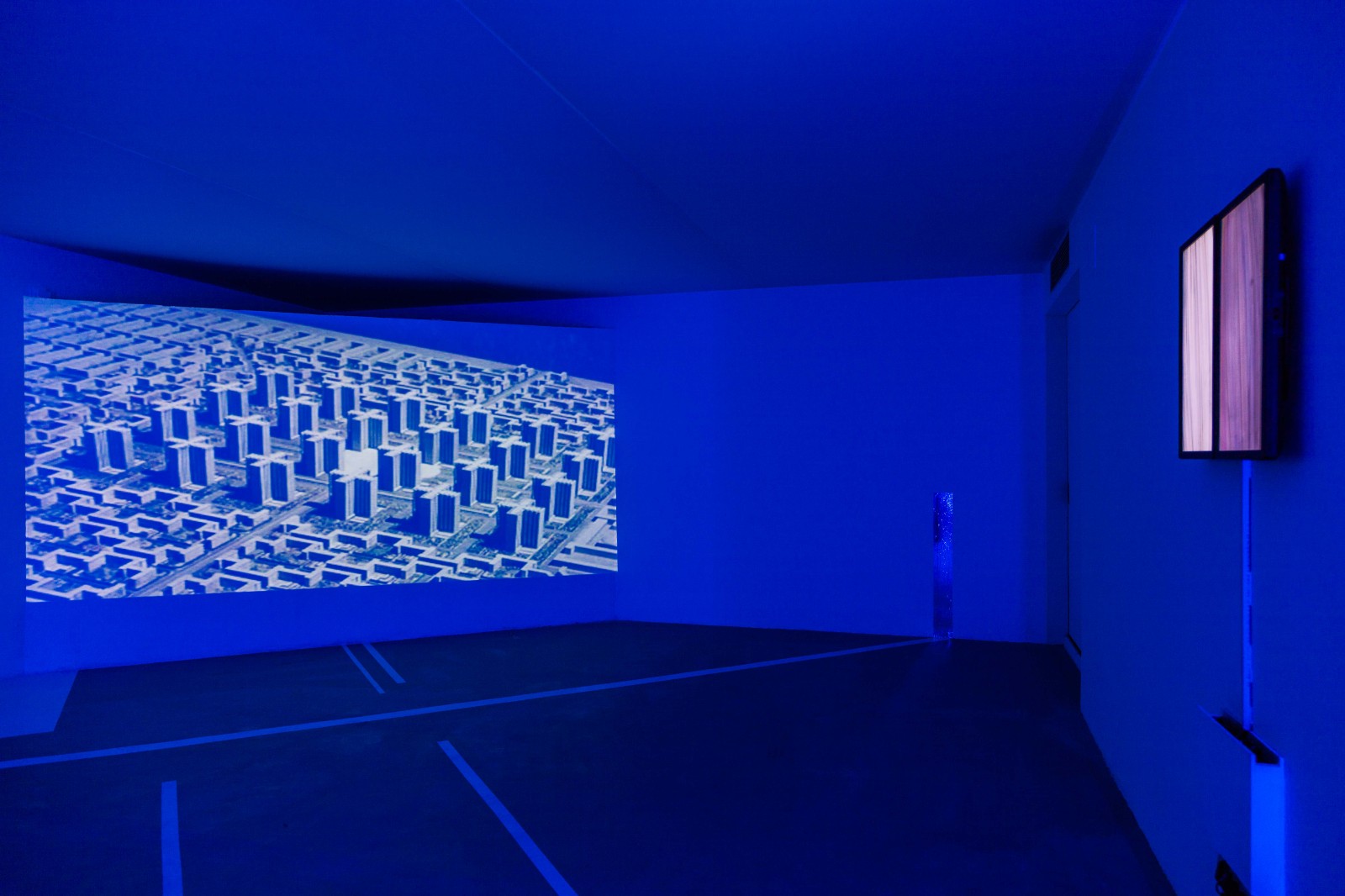
Light Pavilion Project/ Jiu Jiu: Fantastic Grounds -Tomorrow, Taikang Space, 2017.4.20-5.20
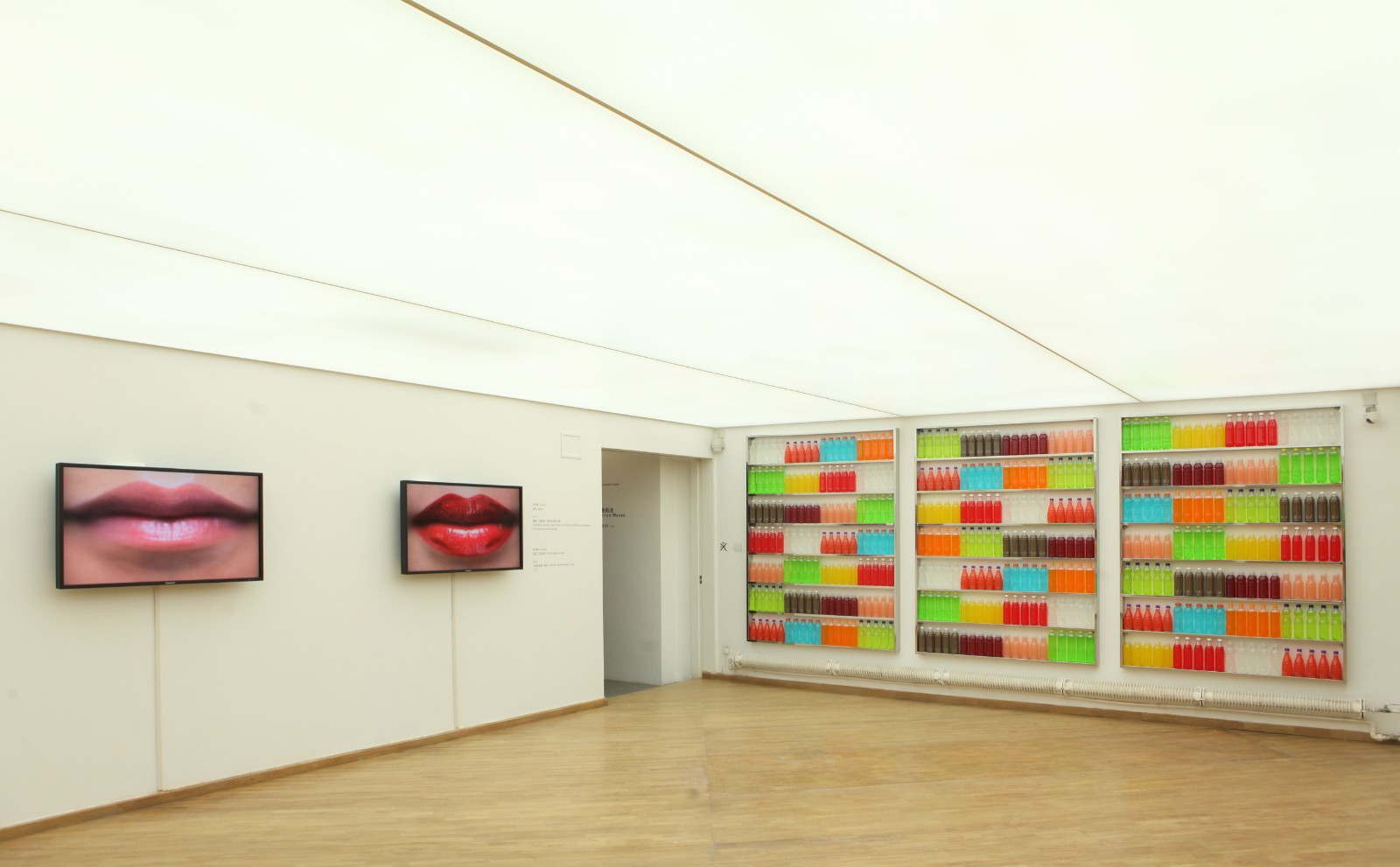
Light Pavilion Project/ Liu Xinyi: Excitation Waves, 2013.6.27-8.17
While participating in and researching contemporary art ecology, Taikang Space also kept an eye on the ecological relationship between art production and the social context since the reform and opening-up period, like Bio-archieving: underground Music in Shengyang 1995-2002, which presented a unique cultural landscape of a typical city, Shenyang, in the mid-to-late 1990s, which crystallized under internal and external conditions.
Because of the long-term follow-up study of these three major issues, Taikang Space has gradually established its own understanding and value judgment of Chinese modern and contemporary art and its relationship with the state, society and history since the 20th century, which has consolidated the academic foundation for the Taikang Art Museum, which is about to open its curtain. Taikang's art team will continue to cultivate the modernization process of China in the 20th century and the art history and experiment of the future development in the 21st century.
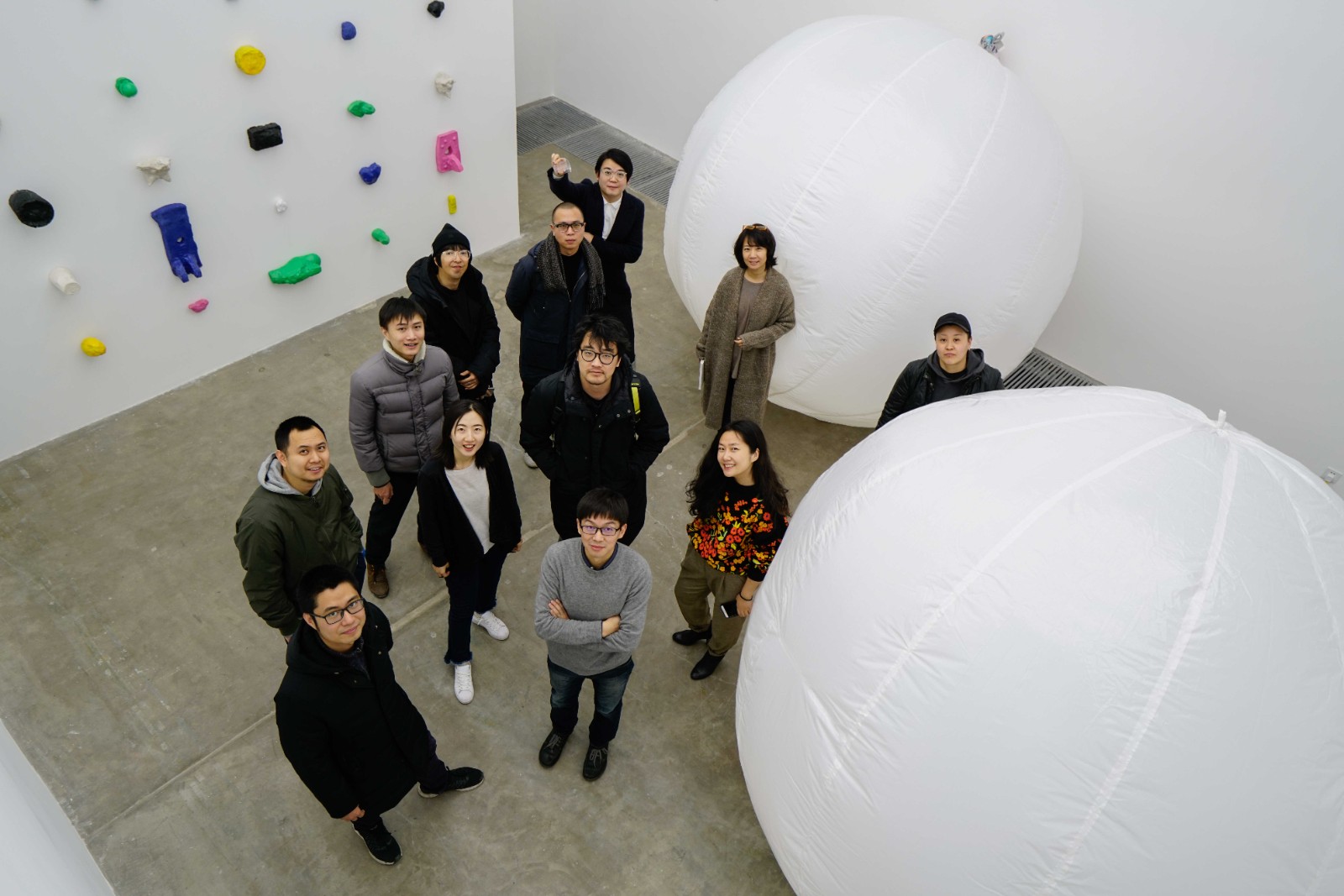
Taikang New Generation Curator Program / Bad New Days Ahead, Taikang Space, 2017.12.30–2018.2.10
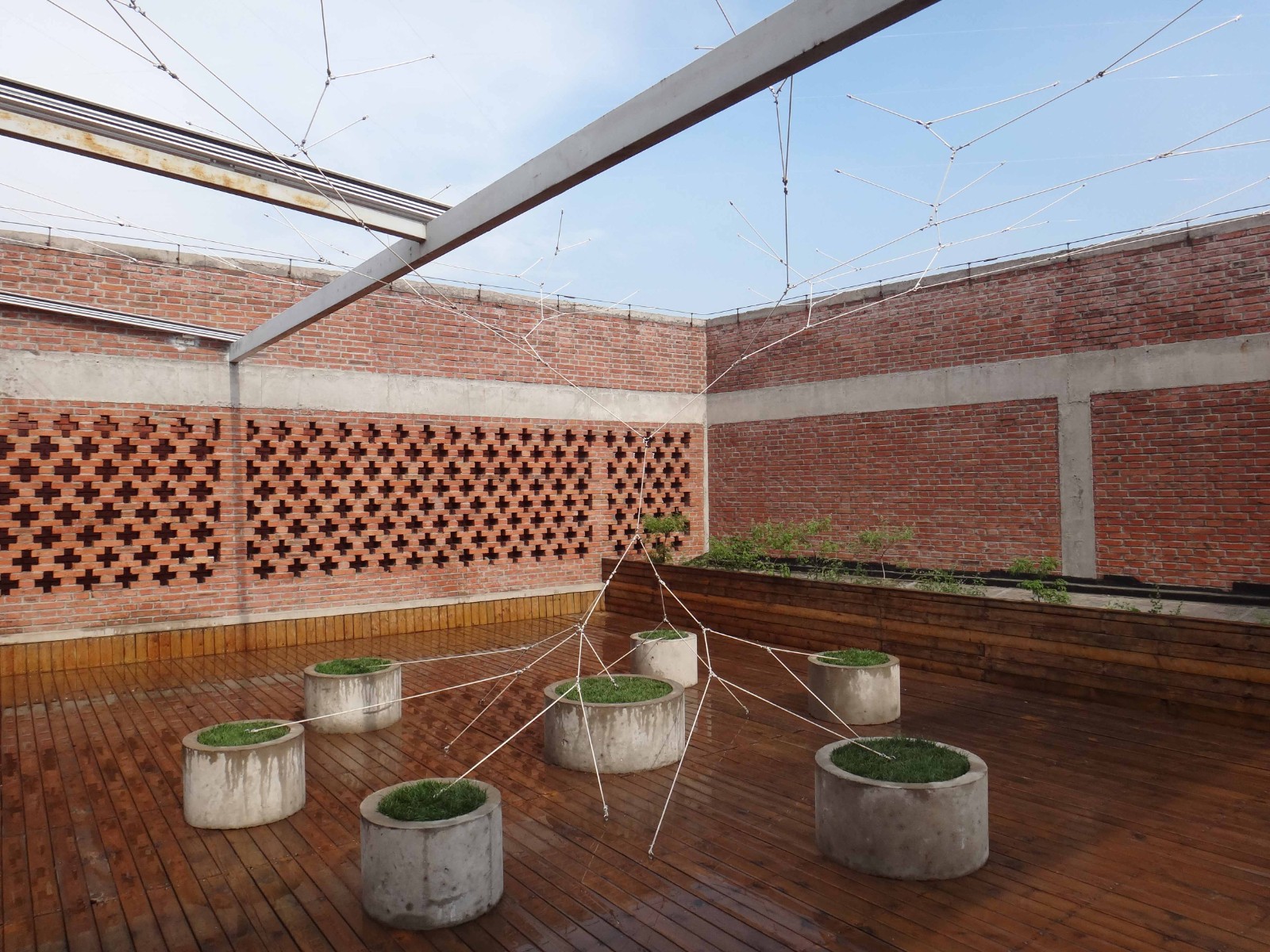
Terrace Project/ Wang Zhenfei: Control, Taikang Space, 2013.6.27-8.17
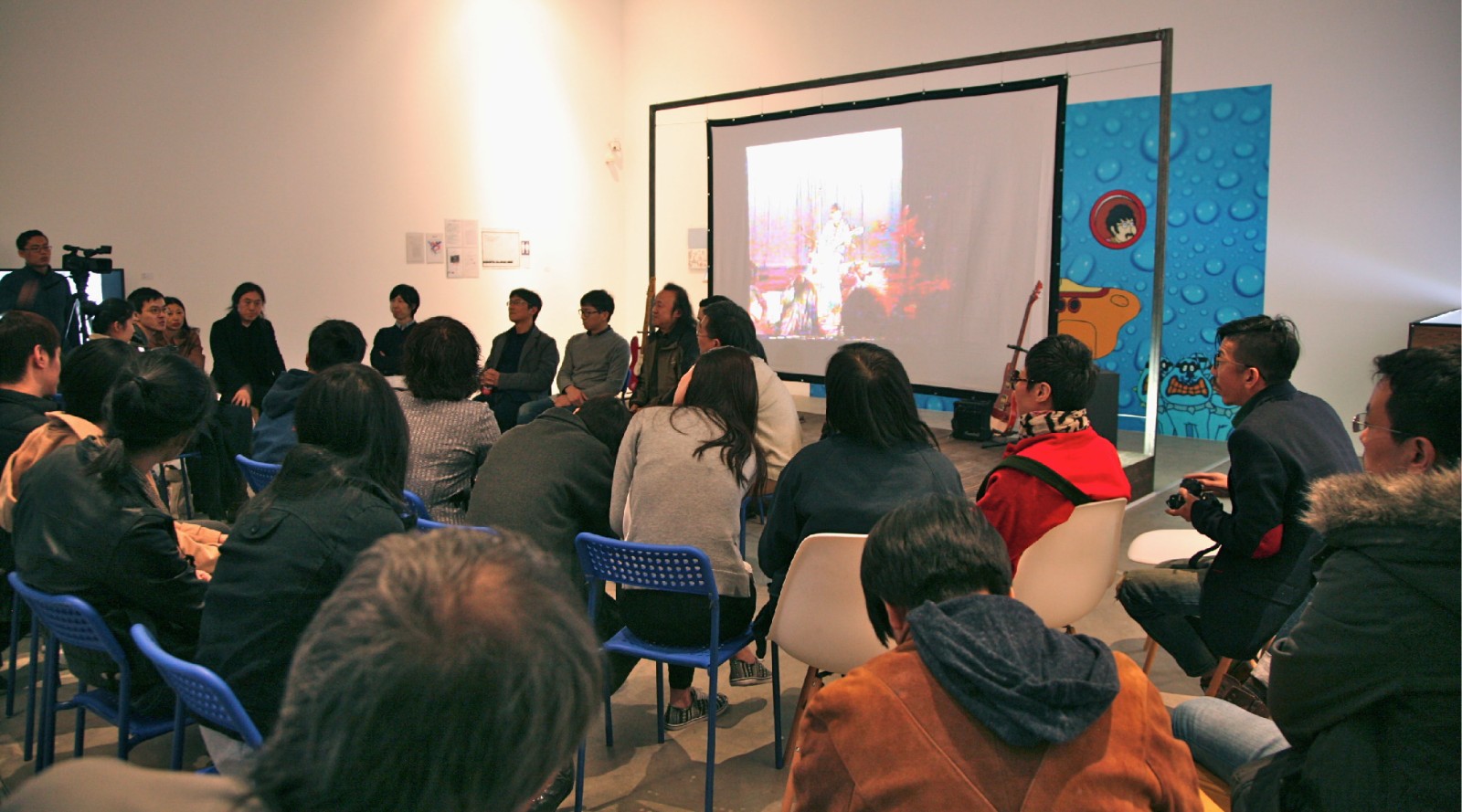
“Bio-archiving: Underground Music in Shenyang” Exhibition Site, Taking Space, 2016.3.17-5.14
Over the past 18 years, as Taikang Space has gradually developed and furthered its work on the above three concerns, its research methodology has slowly emerged. Firstly, it adopted "contemporary" as the starting point in researching these issues mentioned above and studies history from a contemporary perspective; the research on history does not simply go back to archival materials and stays in a former context but adapting it to the present condition. Secondly, it is a study of both art history and social-historical transformations, taking a comparative approach to learn about the artists, looking at the differences among the generations of artists and the individual characteristics of artists of the same generation. Once again, we envision a future through the contemporary art scene and the experiments of young artists, synthesizing these studies that allow us to draw values and make judgments from them. In addition to these abstract summaries of methodology, the unique research method of Taikang Space is the independent production based on the various academic backgrounds of our team members, which also guarantees the structure mentioned above of academic work and topic-consciousness of the space to be executed and deepened.
Is it the end for Taikang Space? Taikang space has been upgraded! With the acceleration of the construction of Taikang Art Museum, the mission of Taikang Space, as the predecessor of the Art Museum, has been achieved, and will continue to support the experimental creation of Chinese contemporary art as the main producer in Taikang Art Museum. As of July 2021, Taikang Space has organized 132 exhibitions (26 media issues/series of projects, 17 establishment issues/series of projects, 29 art ecology issues/series of projects), more than 100 lectures, seminars, performances, and public outreach events (20 media issues, 27 establishment issues, 29 art ecology issues); exhibited artists and collaborated scholars more than 1000 person-times in total. Taikang Space released more than 50 art publications (16 volumes on media issues, 12 on the evolving establishment, and 23 books/sets on art ecology issues). Numbers is indifferent, and practice are done with enthusiasm. Through this exhibition, visitors can trace the growth trajectory of an institution that has been deeply engaged in cultivating the local art scene. An institution with vitality thrives and grows because it is curious and tries to discover the answers. Its core is rich and ebullient. Such a rich accumulation of academic research will soon become the starting point for the works at the Taikang Art Museum. This exhibition will bring a successful conclusion to the institutional practice during the Taikang Space era and opens a much anticipated new chapter of Taikang's art endeavors – the opening of the Taikang Art Museum.
1.The "freedom" and "academic" here are relative to the stage of Taikang Space development. Tang Xin curated the exhibition "Colon-Beijing, Beijing-Colon" in 1999 with the method of academic research. development.
About the exhibition
Curator: Tang Xin
Researcher: Xu Chongbao
Dates: 2021.9.09-2022.2.22
Venue: Taikang Space
Courtesy Taikang Space.



